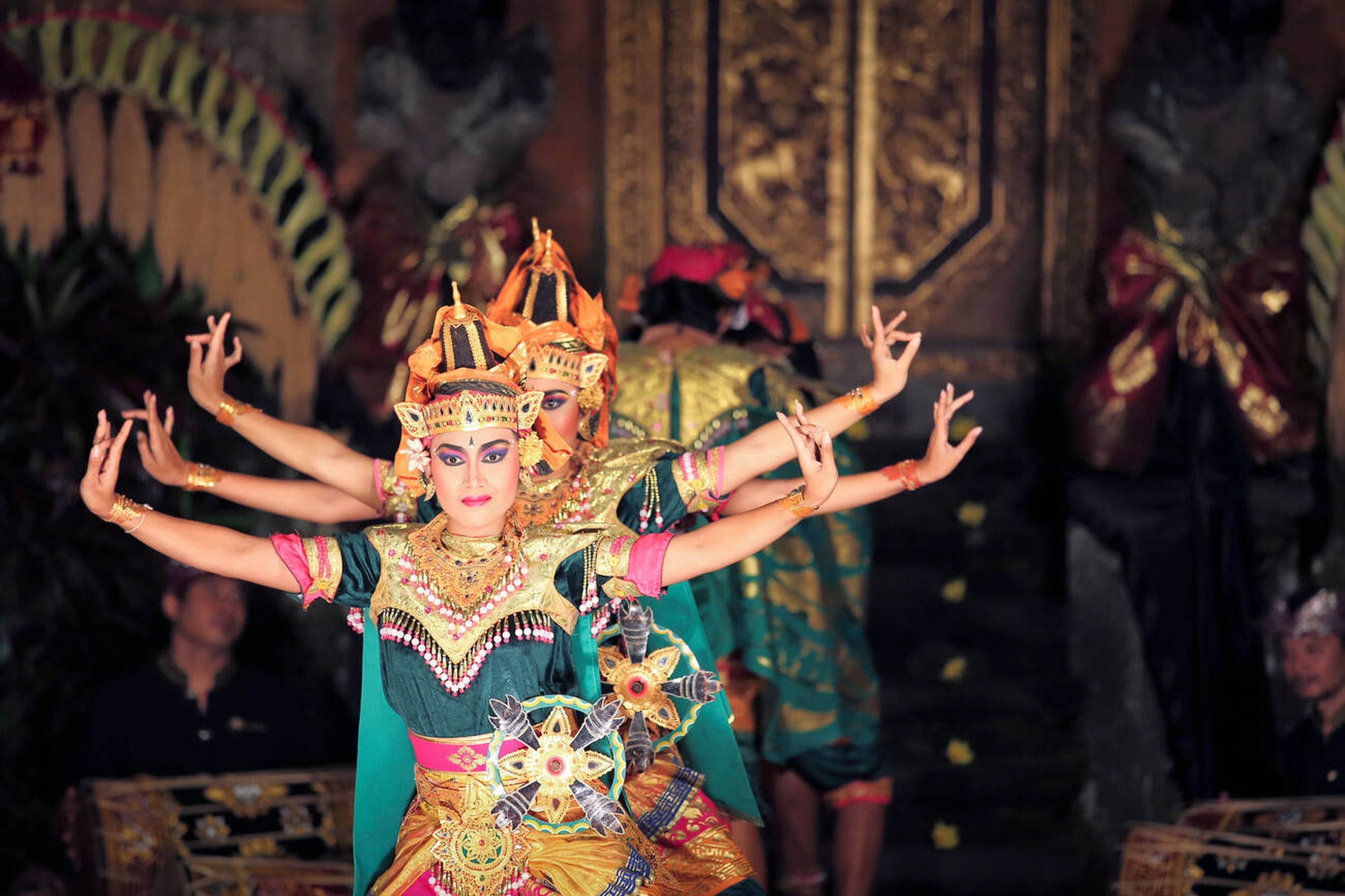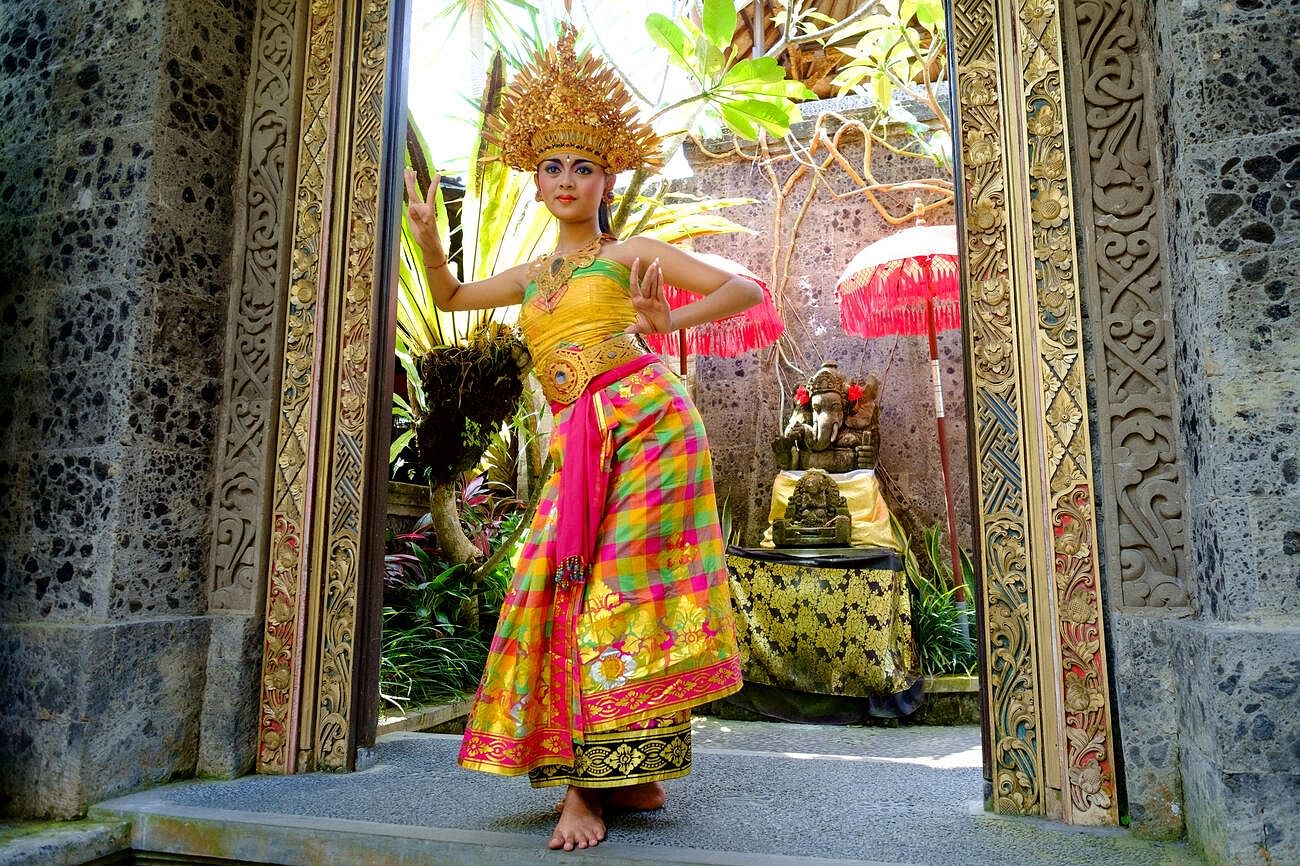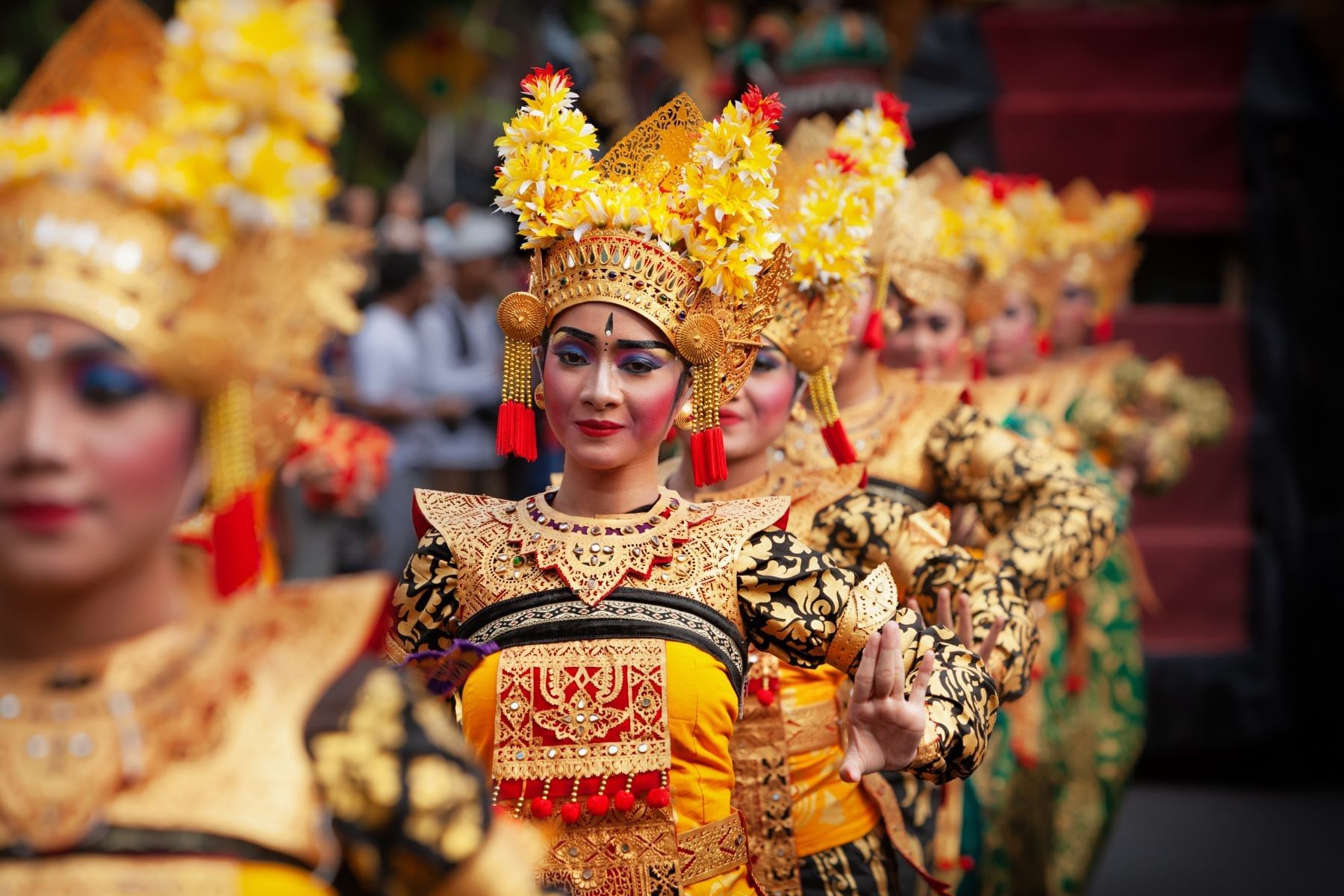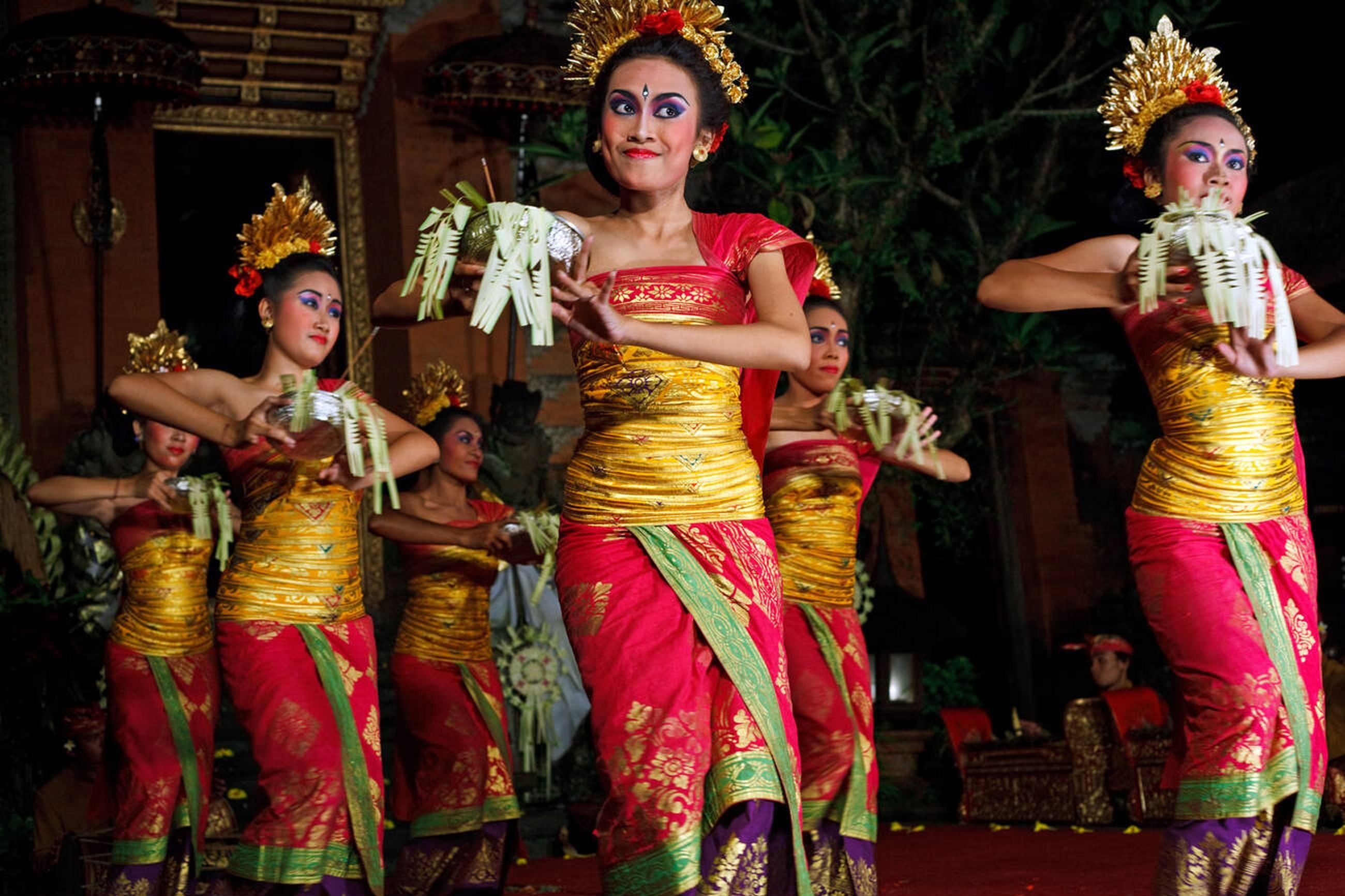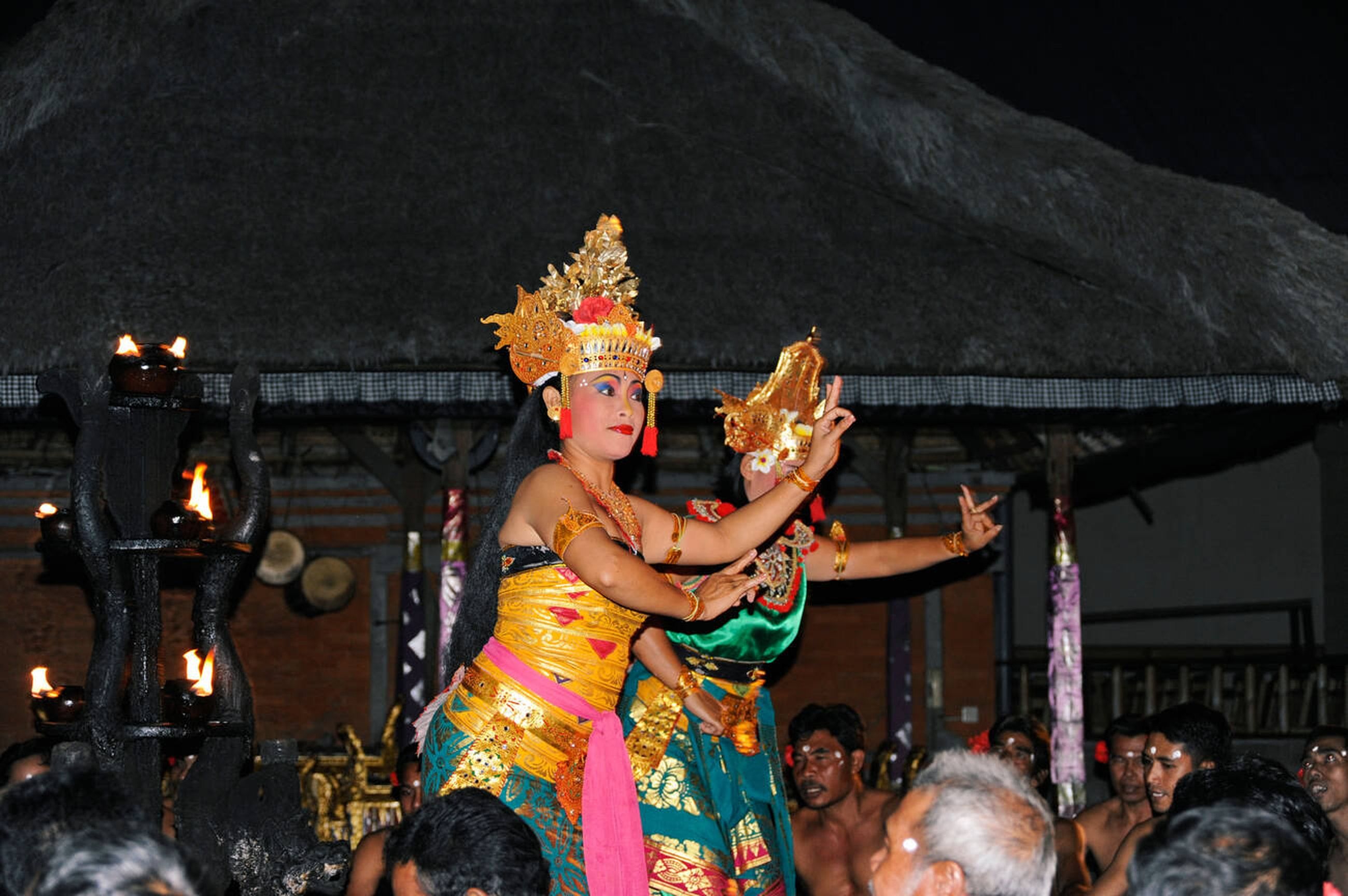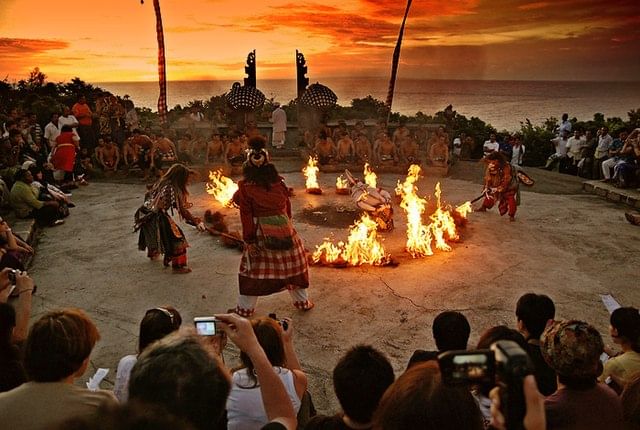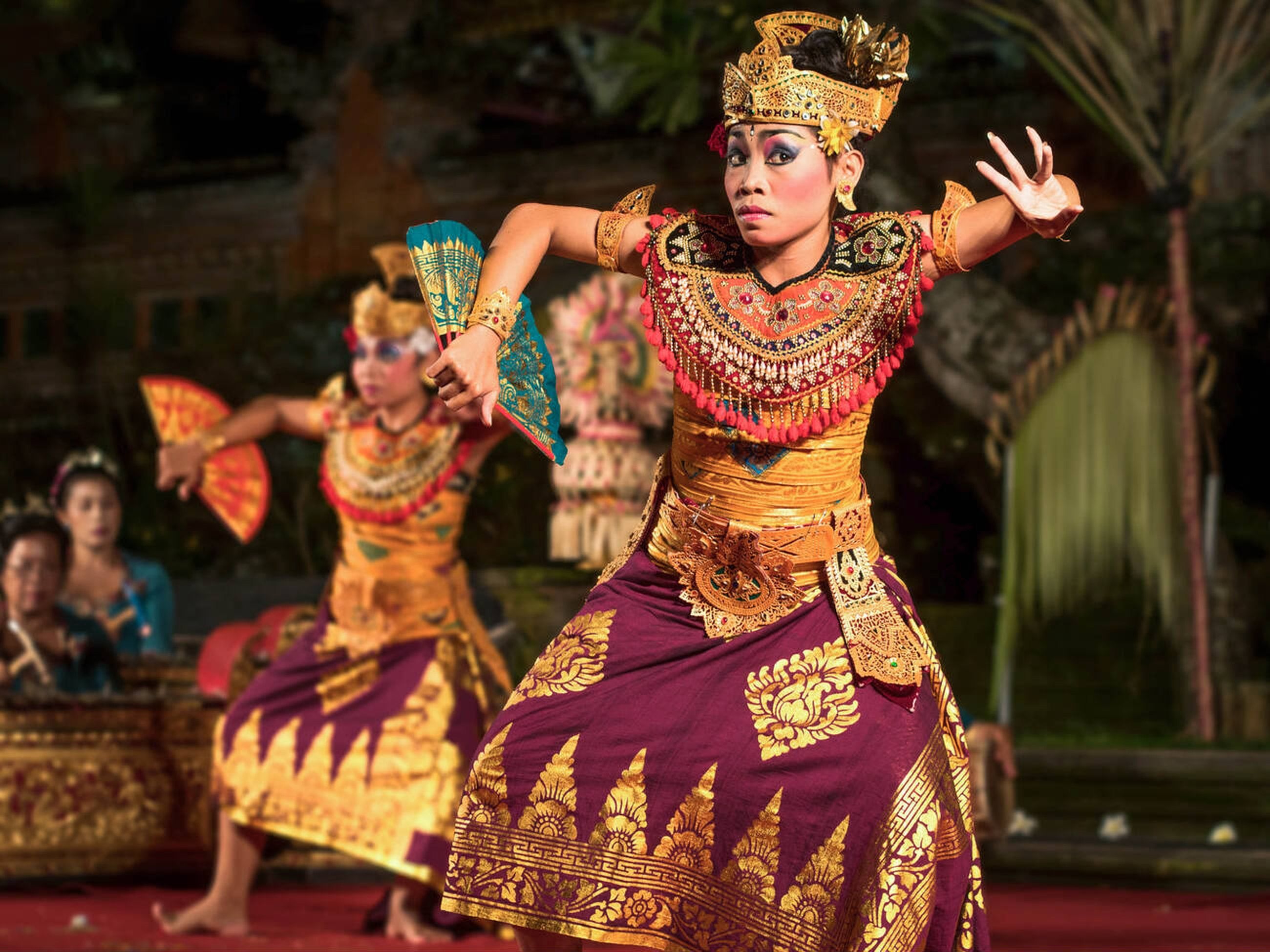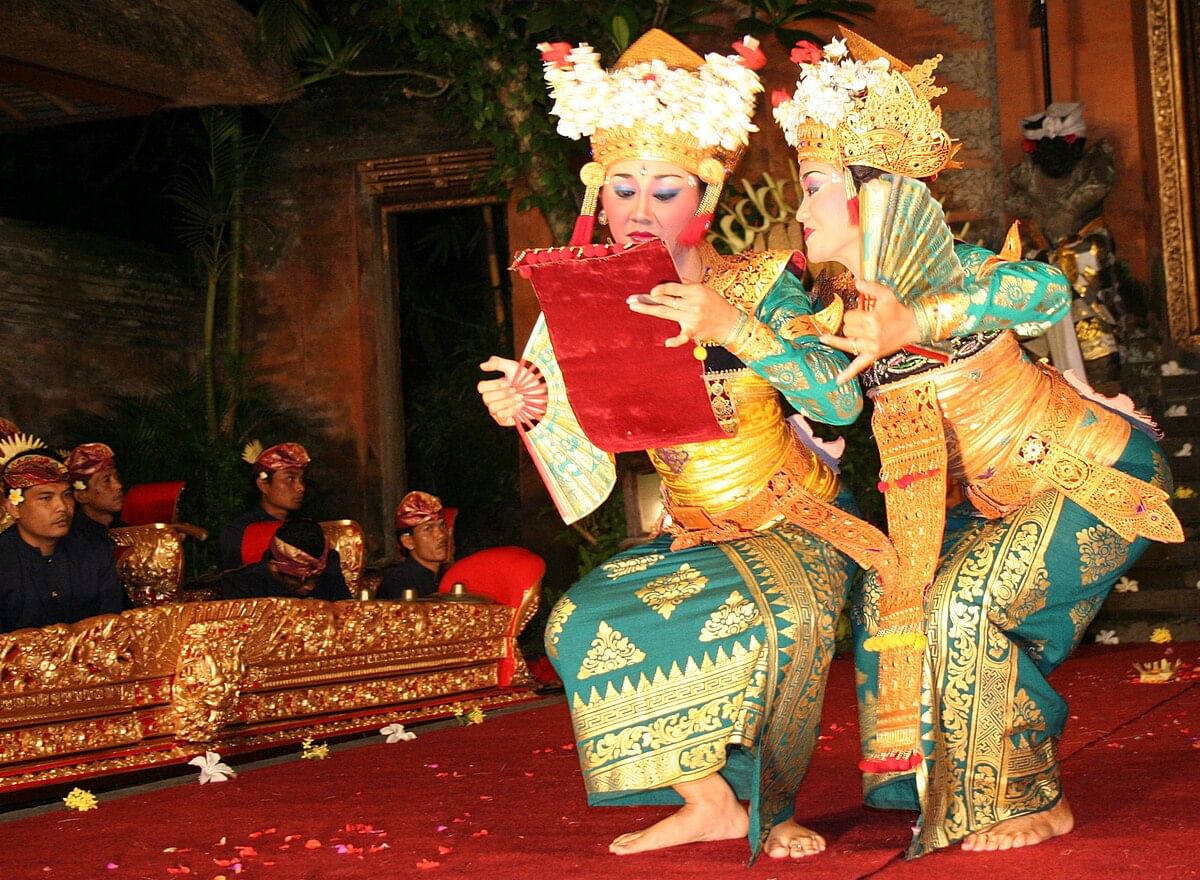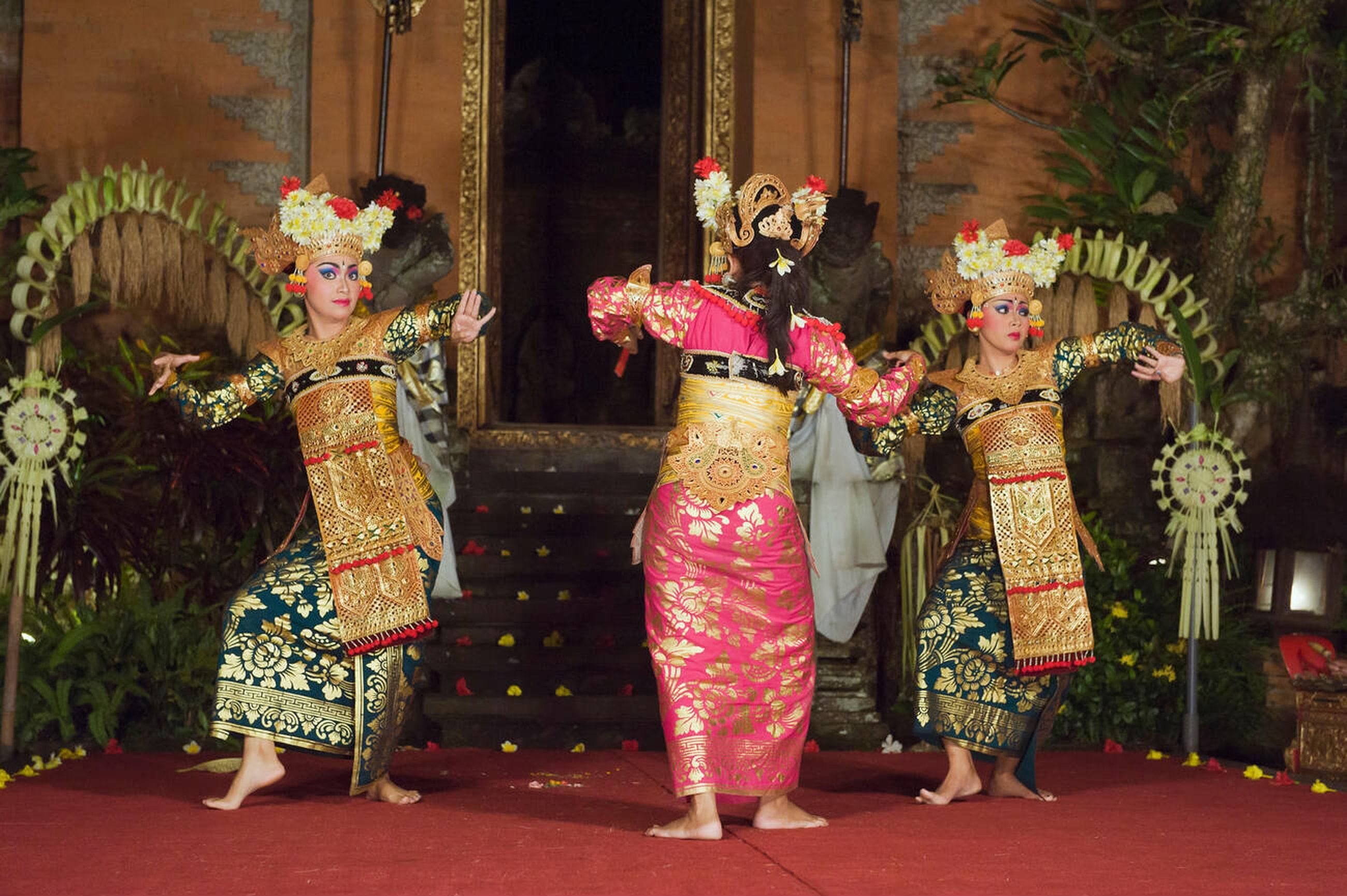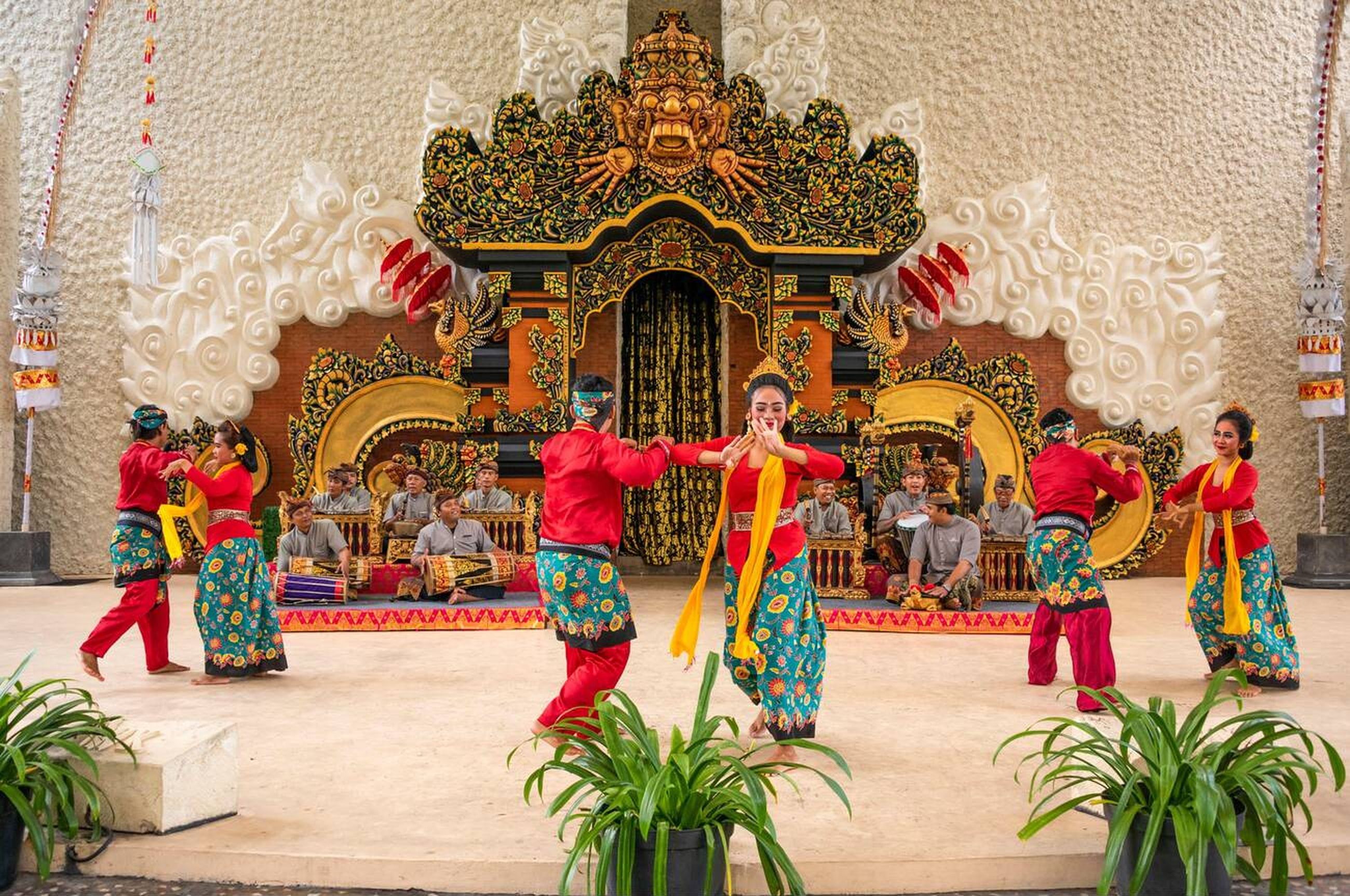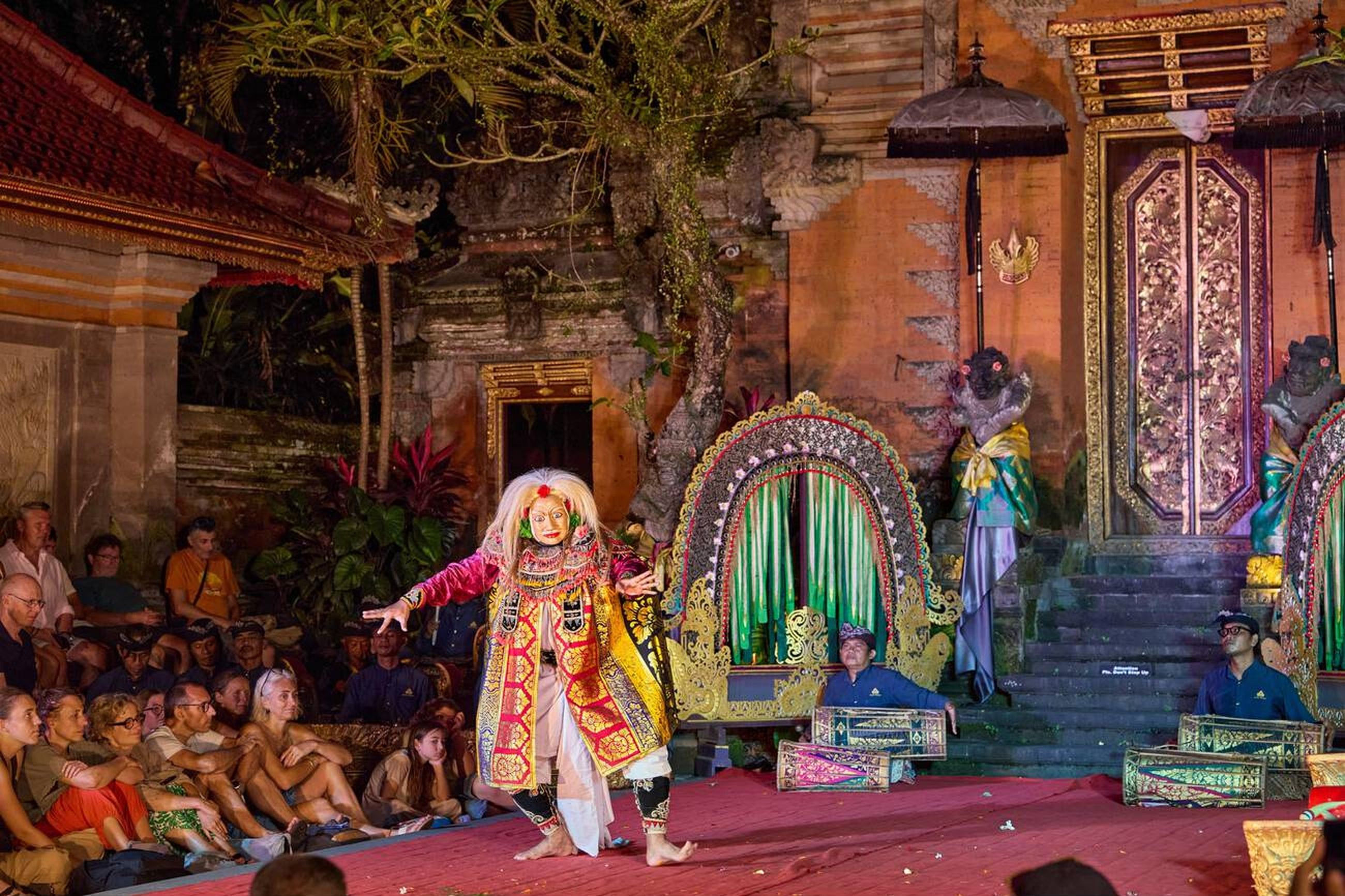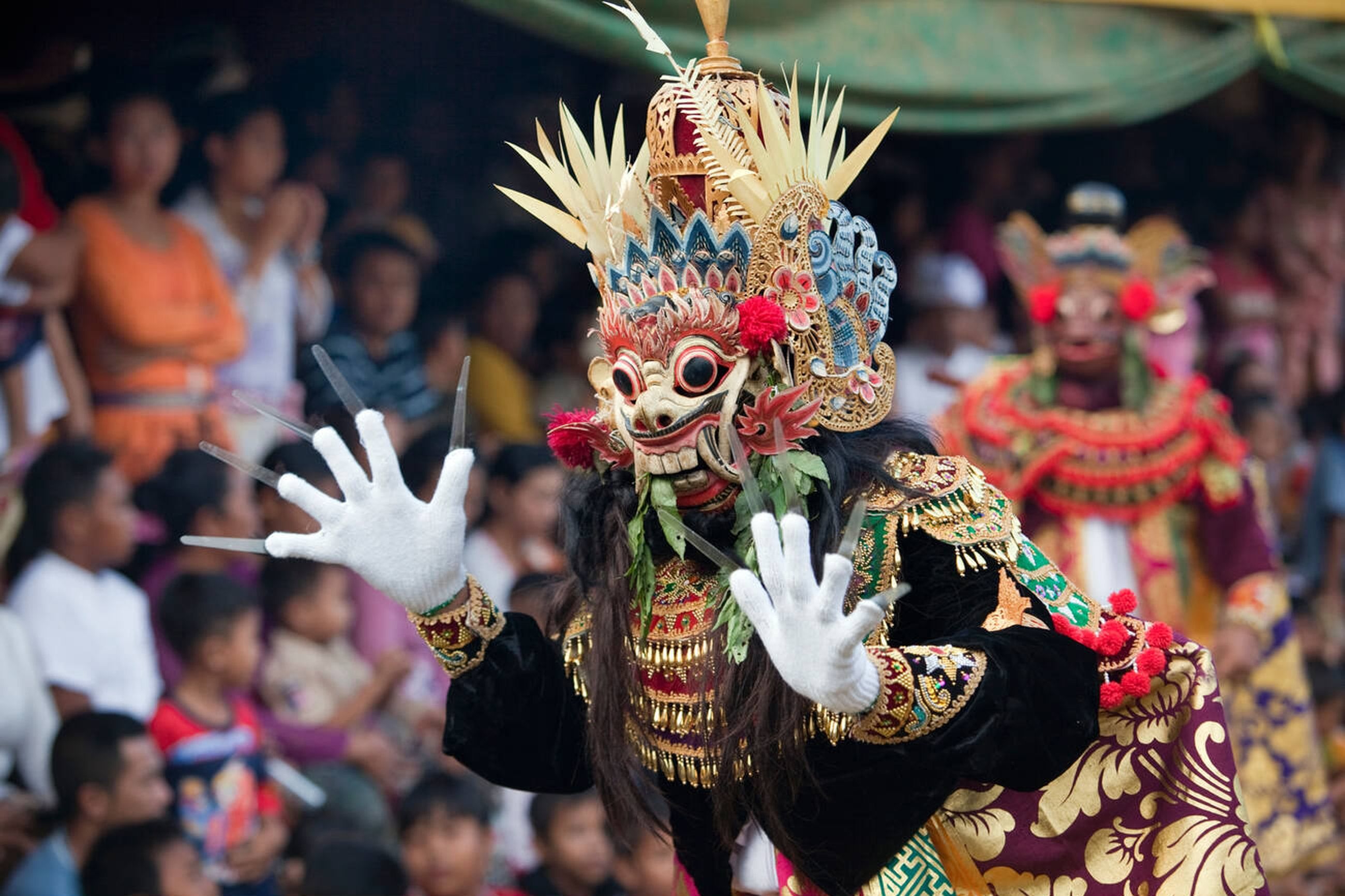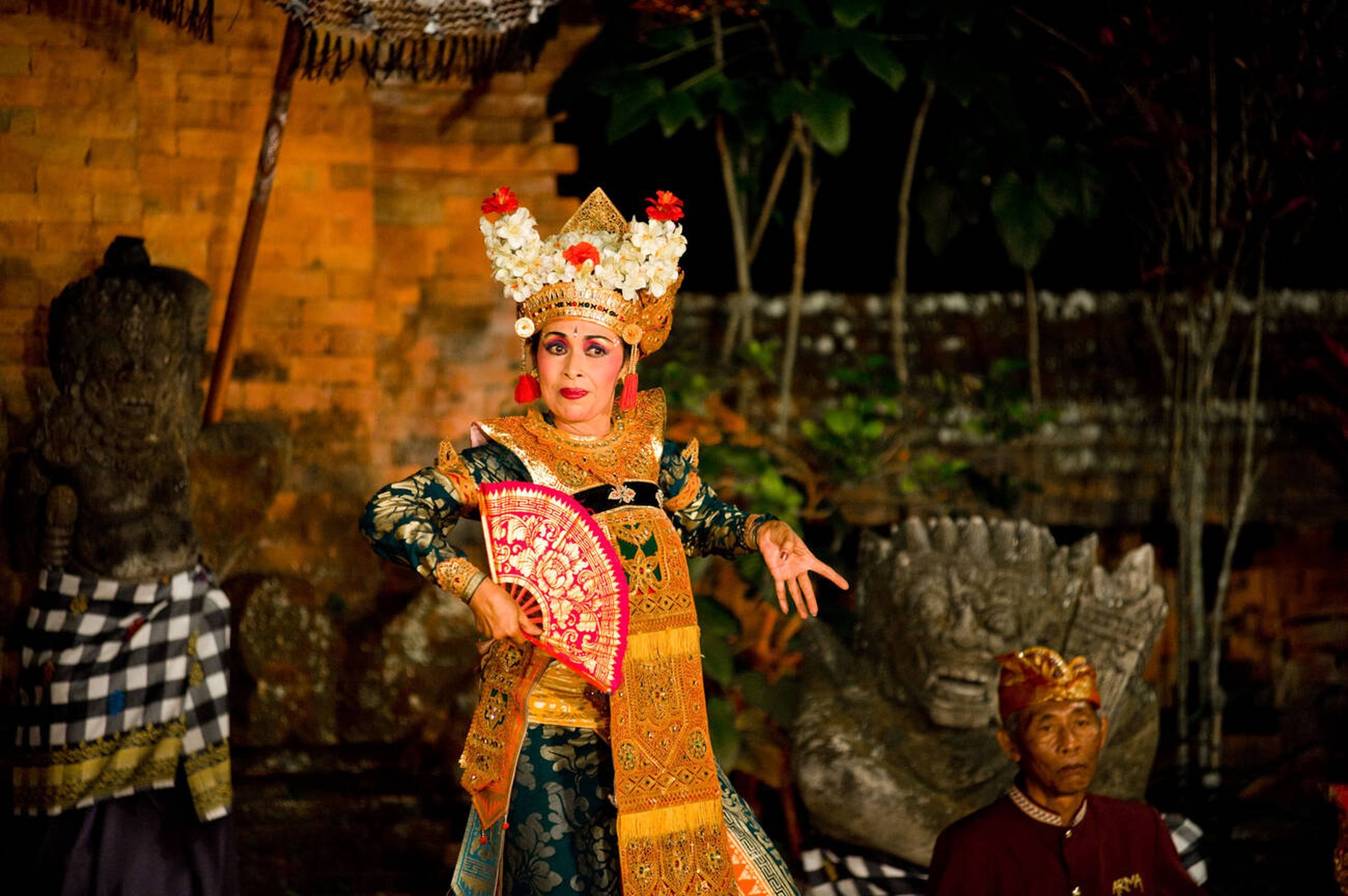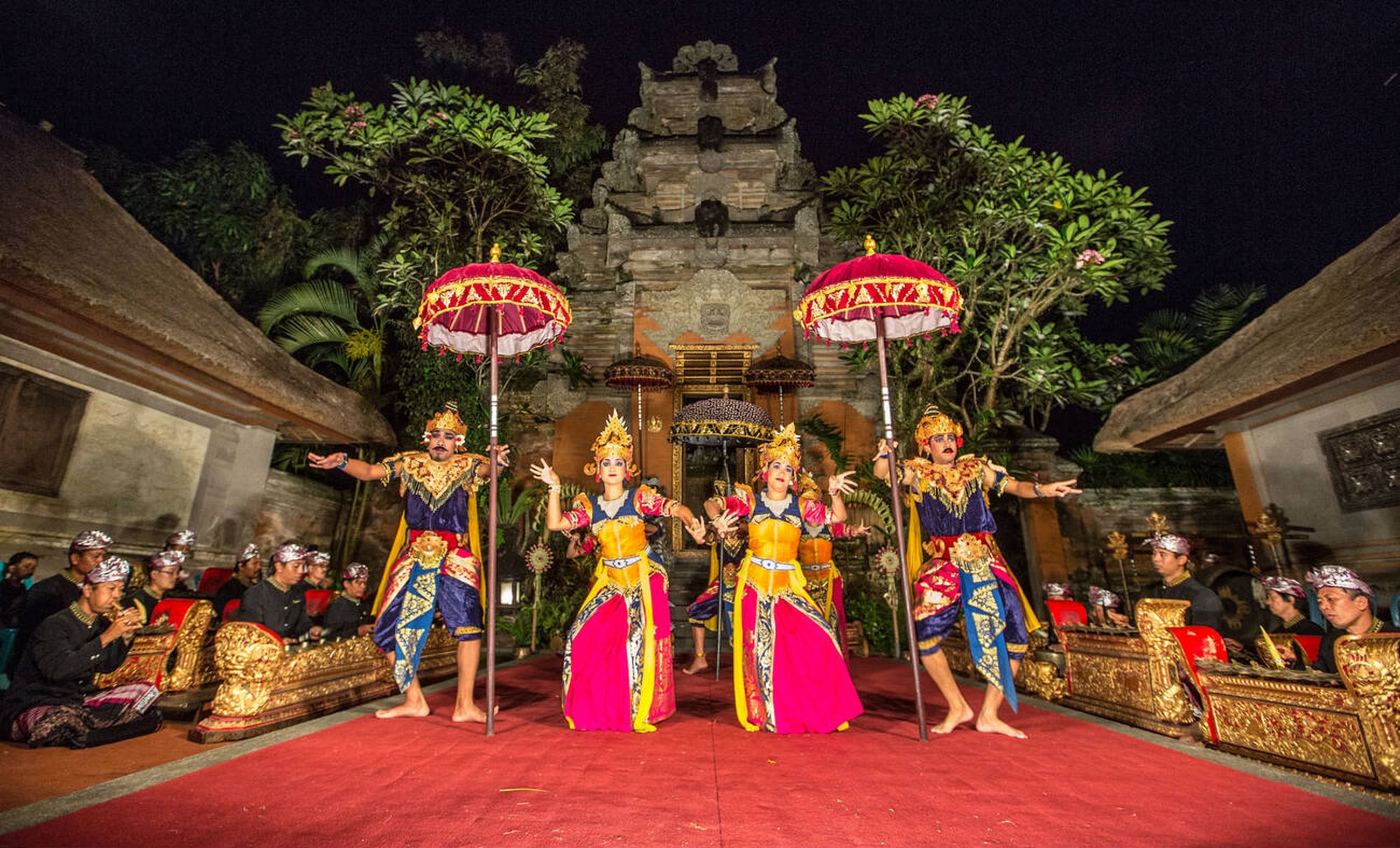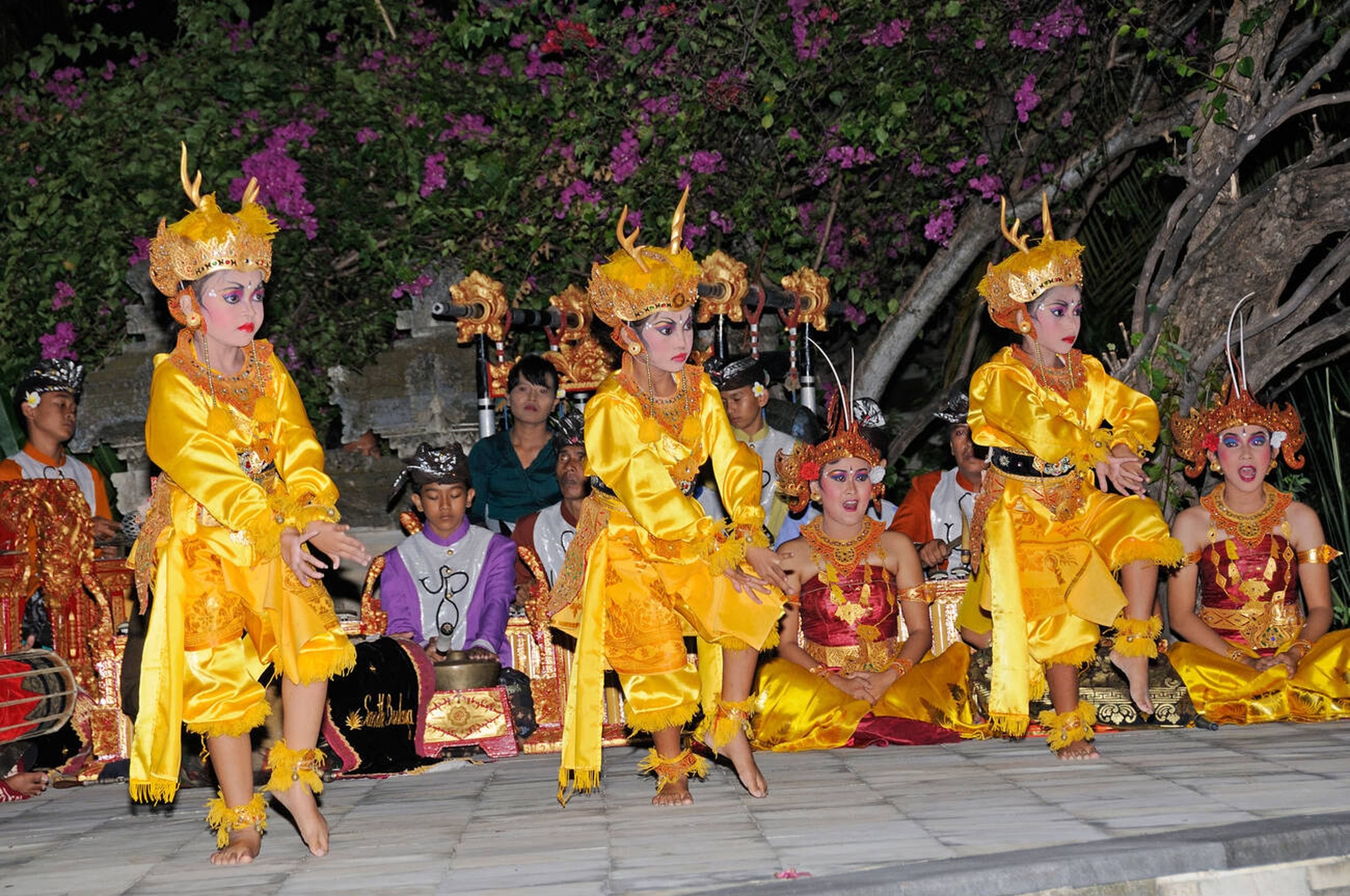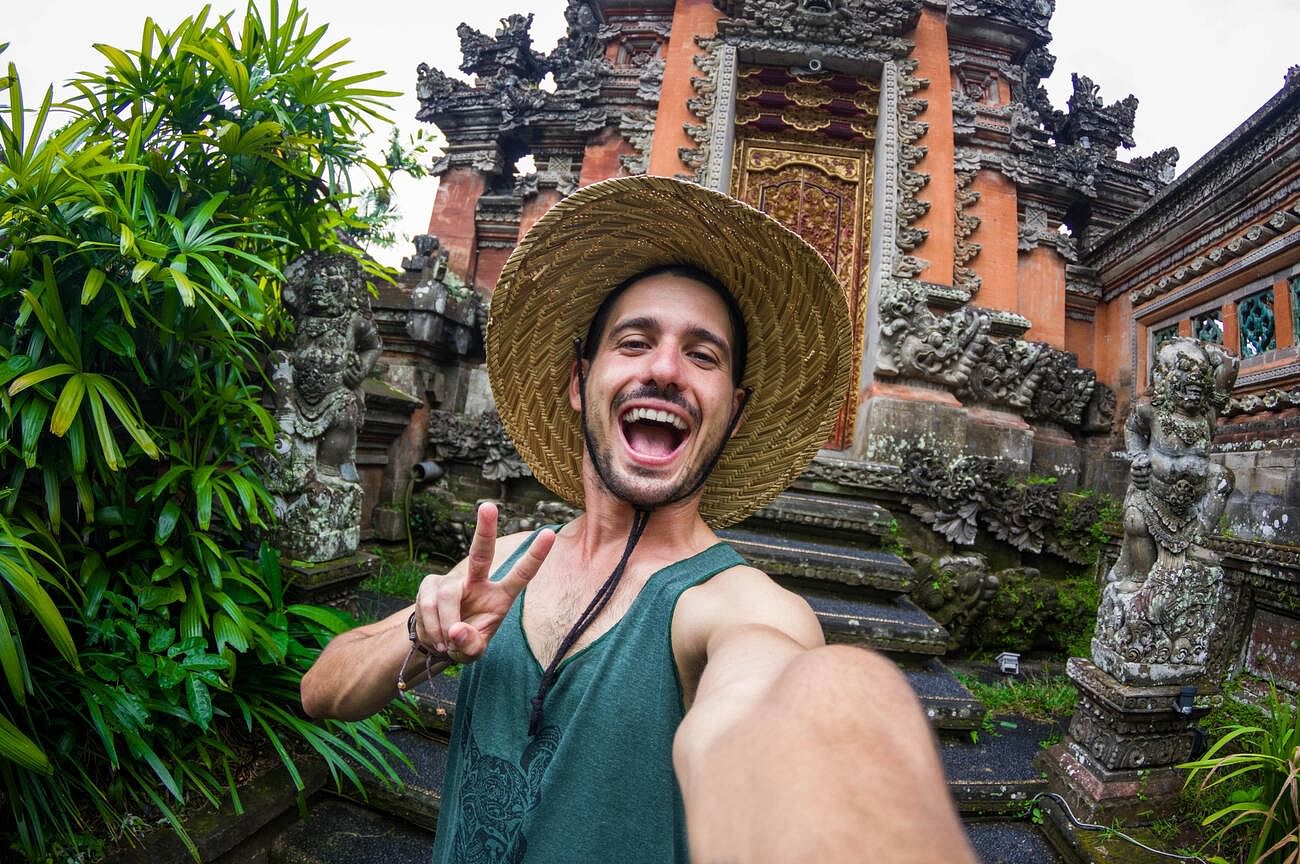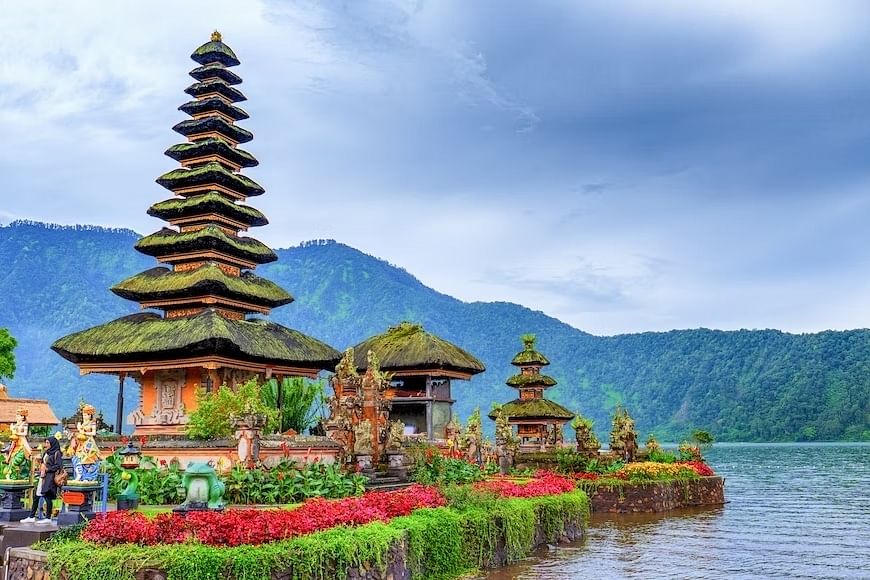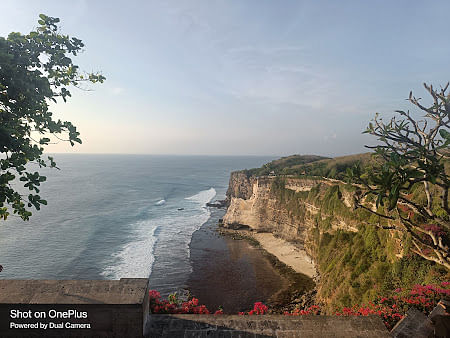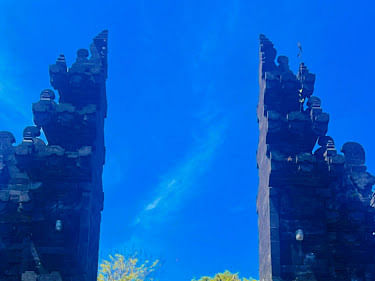With its rich cultural heritage, Bali stands out as more than just a beach destination. If you're planning Bali Trip Packages , experiencing the dances of Bali should top your list. Dance is blended seamlessly into the island's identity, from sacred temple rituals like the Kecak Dance to vibrant tourist performances.
Children here learn traditional arts from an early age, making dance central to Balinese life. The history of dance in Bali dates back to ancient Hindu traditions that blend storytelling with movement and music. Before each performance, dancers seek Taksu, the divine inspiration, through prayers and offerings.
These captivating performances shine at Bali festivals and temple ceremonies throughout the year, while also being staged at cultural venues for visitors to witness this living art form.
How Balinese Dance Evolved Over Centuries?
Long before Hindu culture arrived on the island, Balinese villagers created their own movement rituals to ward off dark forces. The real transformation of the history of dance in Bali began in the 15th century when Javanese artists sought refuge in Bali, bringing fresh artistic perspectives that reshaped local traditions.
Over the next four centuries, during Bali's royal period, numerous new dance forms emerged that blended Hindu philosophy into their choreography. These performances weren't just entertainment; they became storytelling tools, drawing from ancient Indian epics and local historical events to create narrative art.
By the early 20th century, international visitors discovered these captivating performances, turning them into cultural attractions. This tourist interest sparked a boom in organized shows at sacred sites and performance halls across the island.
Now, no matter when you plan your Bali trip, you'll find dance performances happening somewhere, keeping this centuries-old art form alive and accessible.
best selling bali tour packages
The Visual Magic Behind Bali's Cultural Dances
Movement alone doesn't define Bali's cultural dances. The vibrant costumes and intricate masks transform performers into living art. These elaborate outfits bring characters to life, whether portraying royalty, warriors, divine beings, or mythical creatures.
The right costume paired with skilled makeup can elevate a good performance into an unforgettable one.
What Dancers Wear?
Both male and female dancers typically wear a gold sabuk (upper body sash) and kain (lower body wrap). Female performers often add a jacket beneath the sabuk as a modest touch. The ensemble comes alive with additional pieces: ornate crowns, decorative belts, and jewellery adorning wrists and arms.
The Sacred Meaning of Masks
Masks carry profound spiritual weight beyond their visual appeal. When temple dances occur, performers channel deities and divine messengers. Putting on a mask requires completing sacred rituals first.
During public shows, masks help dancers embody specific characters, giving audiences an authentic glimpse into Balinese heritage. The Topeng Dance (literally "Mask Dance of Bali") showcases this beautifully, featuring performers in varied masks that represent legendary kings and heroes from ancient tales.
Best List of 10 Balinese Dances
Explore the best Balinese dances below that are culturally and spiritually rich:
- Bebali
- Balih-Balihan
- Kecak Fire Dance
- Barong Dance
- Legong Dance
- Arja
- Joged Dance
- Topeng Dance
- Wayang Wong
- Wali
Bebali dances emerged between the 14th and 19th centuries as semi-sacred performances for temple rituals. These Balinese dance dramas tell stories through characters and movement, blending spirituality with entertainment.
Performance Highlights:
- Semi-sacred performances for temple rituals
- Tourists can watch in the temple compounds
- These dances maintain their cultural significance while welcoming audiences
- One of the traditional dances in Bali that bridges the spiritual and entertainment worlds
Balih-balihan entertainment dances of Bali were created specifically for tourists, performed at hotels, cultural centers, and various venues beyond temples.
Performance Highlights:
- Pure entertainment designed for audience enjoyment
- Stories from Hindu epics or contemporary romance
- Performed outside temple settings
- Showcases Bali's rich artistic traditions
Known as the Fire Dance, Kecak is one of the most popular entertainment dances of Bali, created in the 1930s.
Performance Highlights:
- 50-100 shirtless men in circular formation
- Synchronized "cak-cak-cak" chanting
- Adapts the Ramayana epic
- 60-minute performance with thrilling fire-walking finale
- Unlike traditional dances in Bali, Kecak uses no instruments; only synchronized voices creating hypnotic a acapella rhythms; one of the unique Bali experiences
In Balinese mythology, Barong represents the 'King of Spirits' protecting villages from evil. Among the various types of Balinese dance, this iconic performance is central to Bali's cultural dances.
Performance Highlights:
- Eternal battle between good (Barong) and evil (witch Rangda)
- 90-minute dramatic spectacle
- Elaborate masks and gamelan music
- Famous Kris dance finale where entranced dancers turn daggers(bladed knives) on themselves
- Magnificent lion costume for the Barong character
Suggested Read: Uluwatu Temple In Bali: An Ultimate Tourist Guide
The Legong dance tells the story of King Lasem, who captures the maiden Rangkesari, sparking conflict and tragedy.
Performance Highlights:
- Refined Bali show with three young female dancers in elaborate gold costumes
- Intricate finger movements and precise footwork
- Expressive facial gestures
- Requires years of training
- Considered one of Bali's most beautiful and graceful performances
most recommended bali holiday packages
Arja is a unique dance-opera, one of the best types of Balinese dance, combining movement, dialogue, and singing to tell romantic and comedic stories.
Performance Highlights:
- Combines movement, dialogue, and singing
- Originally performed only in the Balinese language
- Modern versions include contemporary tales and shorter formats
- Headdress styles reveal character status (crowns for royalty, cloth for commoners)
- Visual storytelling through costume details
Joged is one of Bali's cultural dances performed at social gatherings and harvest celebrations.
Performance Highlights:
- Performers invite audiences to join the lively Bali dance show
- Accompanied by soulful bamboo gamelan music
- Creates festive, community atmosphere
- Playful choreography
- Perfect for experiencing Balinese culture in its most joyful form
Suggested Read: Tanah Lot Temple Bali: Best Timing, How To ...
Known as the mask dance of Bali, Topeng features performers wearing intricate wooden or paper masks representing different characters.
Performance Highlights:
- Commonly seen at Bali Dance Festival and major temple ceremonies
- Tells historical tales from early Balinese kingdoms
- Each mask represents specific character types (kings to commoners)
- Dancers convey emotions through body language alone
- Explores timeless human experiences
Wayang Wong is one of the Balinese dance dramas that originated in Java and became a beloved part of Balinese culture.
Performance Highlights:
- Draws stories from Hindu epics (Mahabharata and Ramayana)
- Elaborate costumes and expressive movement
- Often performed alongside Kecak dancers
- Vibrant, energetic spectacle
- Combines dramatic storytelling with traditional choreography
Bali's sacred Wali dances originated between the 8th and 14th centuries as spiritual offerings to the Gods.
Performance Highlights:
- One of the traditional dances in Bali is performed only in the inner temple sanctums during ceremonies
- Not shown to tourists (unlike the entertainment dances of Bali)
- Dancers enter trance-like states
- Performers become divine messengers rather than entertainers
Where to Watch the Dances of Bali?
Catching a Live Performance
You'll find Bali dance shows happening daily across the island, with Ubud being the hotspot. Here's where to go:
Ubud Venues:
These spots regularly feature classics like Legong, Topeng, Kecak, and Barong dances.
Other Popular Locations:
Timings: Most shows start around 7 pm, though Batubulan is an exception with morning performances at 9:30 am.
Learning the Moves Yourself
Why just watch when you can learn? The ARMA Museum and schools across the island offer traditional dance classes led by experienced performers. It's a hands-on way to connect with this ancient art form.
Experiencing Balinese dance live is truly special. The precise movements, elaborate costumes, expressive faces, ornate masks, and mythological storytelling all come together to create something mesmerizing. Experience the moment where you're transported into a world where ancient legends feel real!
Suggested Read: Pura Tirta Empul In Bali - WanderOn
Experience the Soul of Bali Through Dance
Bali's cultural dances offer a window into the island's spiritual heart and artistic soul. From the hypnotic rhythms of Kecak to the graceful elegance of Legong, each performance carries centuries of tradition and meaning.
These aren't just shows; they're living stories passed down through generations, connecting modern audiences with ancient mythology and Balinese heritage. Whether you witness a sacred temple ceremony or an evening performance under the stars, the experience stays with you long after the final gesture.
The elaborate costumes, expressive movements, and gamelan melodies create magic that is beyond language. Make time during your visit to immerse yourself in this extraordinary art form; it's truly the essence of Bali.





